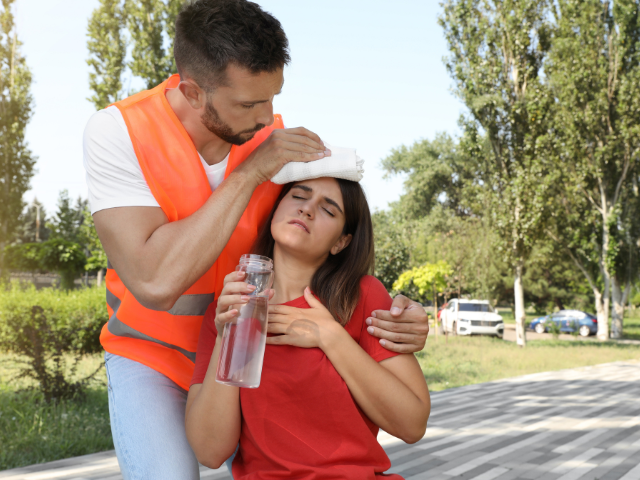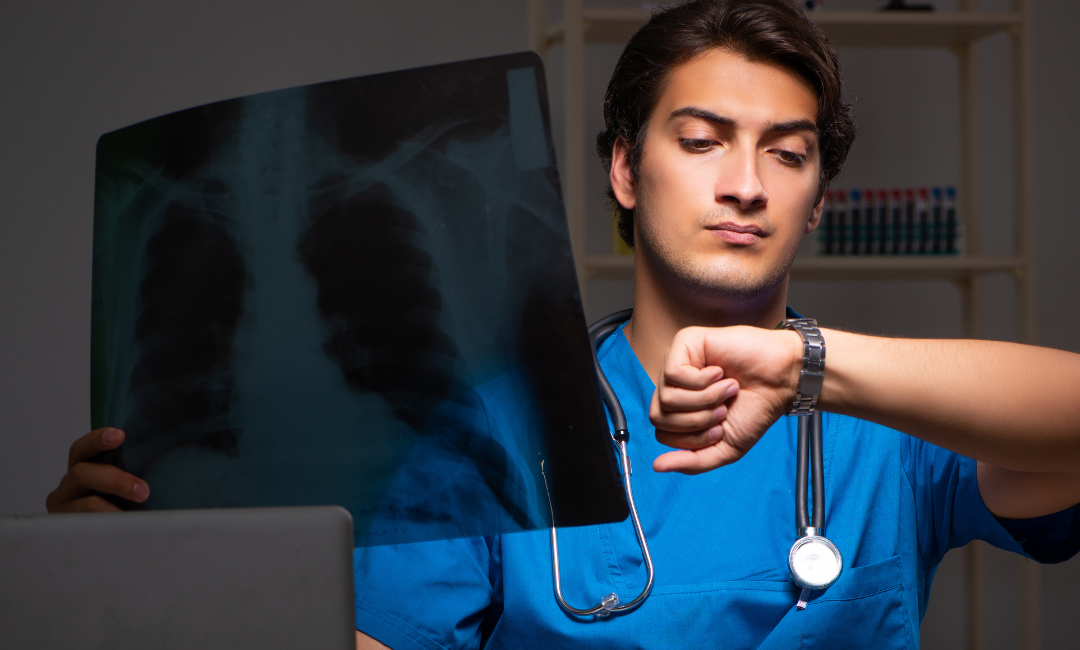Assess the Situation
When a patient presents with what appears to be a heat-related ailment, we, as nurses, need to recognize the symptoms and deliver immediate treatment. First, ask the patient where they were when symptoms began, such as in a hot car. Then assess the patient’s skin temperature and color.
Is the patient sweating or exhibiting muscle cramping? Monitor their vital signs, level of consciousness, and mental activity. Do they know where they are or what day it is? Are they able to speak? Do they have a history of heat illnesses? Were they hydrating enough at the time?
After getting a brief history from a family member or the patient, start the cooling down process. Offer ice water and determine if an intravenous of iced fluids is needed. Cold, moist cloths to the head and ice packs to the axilla and groin areas can speed up the cool down process.
Heat Stroke
Heat stroke is the most serious of the heat-related conditions and occurs when your body can no longer control its own temperature. Your temperature rises rapidly, and the sweating process fails, meaning your body can’t cool itself down. Body temperatures can rise to about 106 degrees or higher within 10 to 15 minutes.
The crucial symptoms to watch for are severe neurological dysfunction, which may include seizures, coma, altered levels of consciousness, severe headaches, and confusion. If there is any delay in the cooling process and these symptoms are present, the outcome could prove fatal.
If you are dealing with a possible heat stroke, immediately bring a doctor into the treatment process. Take the patient’s temperature, and if it’s greater than 104 degrees Fahrenheit, and they have hot, dry skin, confusion, or possible seizure, the patient needs rapid cooling processes to be activated.
Monitor vital signs, airway, mentation, any cardiac instability, and possible signs of rhabdomyolysis, where the muscles break down. This is a life-threatening scenario. Symptoms include severe muscle cramping or stiffness, changes in urine color, and severe dehydration.









